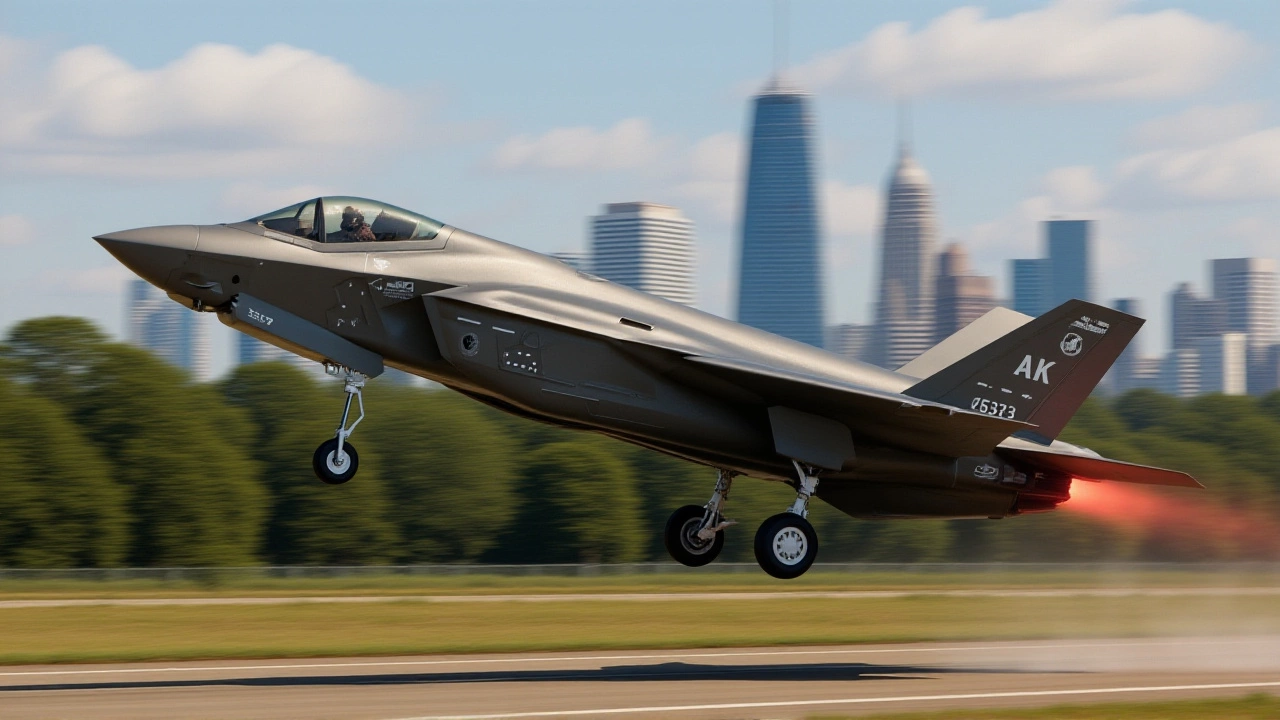RC-135 Rivet Joint: Inside the Air Force’s Spy Plane
When working with RC-135 Rivet Joint, a long‑range signals‑intelligence (SIGINT) aircraft operated by the U.S. Air Force. Also known as Rivet Joint, it gathers electronic emissions from ground, sea, and air targets for real‑time analysis. The platform RC-135 Rivet Joint encompasses a suite of antennas, receivers, and onboard processing stations that turn raw signals into actionable intelligence. This mission set links directly to signals intelligence, the practice of intercepting and decoding communications and radar emissions to reveal an adversary’s capabilities.
How ELINT and Airborne Reconnaissance Shape the Mission
Another core element is ELINT, electronic‑signals intelligence focused on non‑communication emissions such as radar and weapon system signatures. ELINT feeds into the broader airborne reconnaissance effort, which requires high‑altitude, long‑duration flights and sophisticated sensor suites. The RC‑135’s ability to loiter for many hours over contested regions makes it a pivotal asset for gathering ELINT data, which in turn informs tactical planning, threat assessment, and strategic decision‑making. Historically, the Cold War shaped the aircraft’s design, demanding the ability to monitor Soviet air defenses from the edge of friendly airspace; that legacy still drives modern upgrades and mission profiles.
Understanding the RC‑135 Rivet Joint means recognizing its place in the U.S. Air Force’s intelligence architecture. It works hand‑in‑hand with other platforms—such as the U‑2 and RQ‑4 Global Hawk—creating a layered ISR (intelligence, surveillance, reconnaissance) network. The aircraft’s crew of linguists, electronic engineers, and intelligence analysts turn raw data into briefings that shape everything from diplomatic negotiations to combat operations. Below you’ll find articles that dive into the aircraft’s history, technical evolution, real‑world missions, and the future of airborne SIGINT. Get ready to see how this iconic spy plane continues to keep a watchful eye on the world.
UK Defence Minister John Healey says the 12‑hour RAF‑US patrol near Russia sends a strong NATO unity message after recent Russian airspace breaches.
